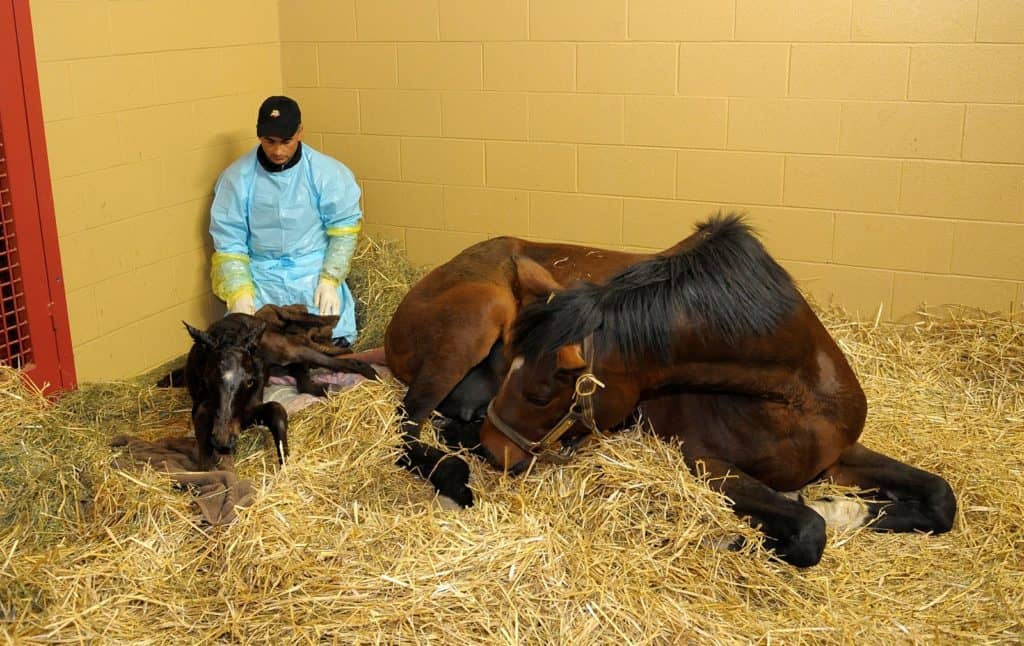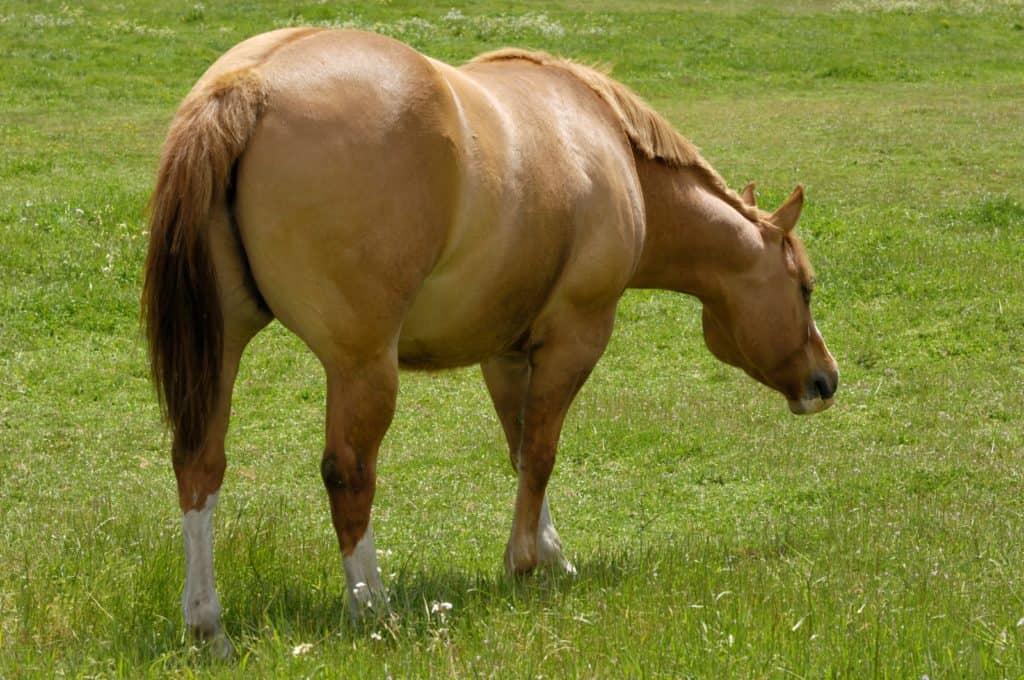
Inside a Thoroughbred Nursery
Regardless of whether they’ll one day achieve Triple Crown glory or never make a start on the track, foals bred to be racehorses follow a similar path at the start of their lives. Here’s a look at how many Thoroughbreds begin their journeys.





























